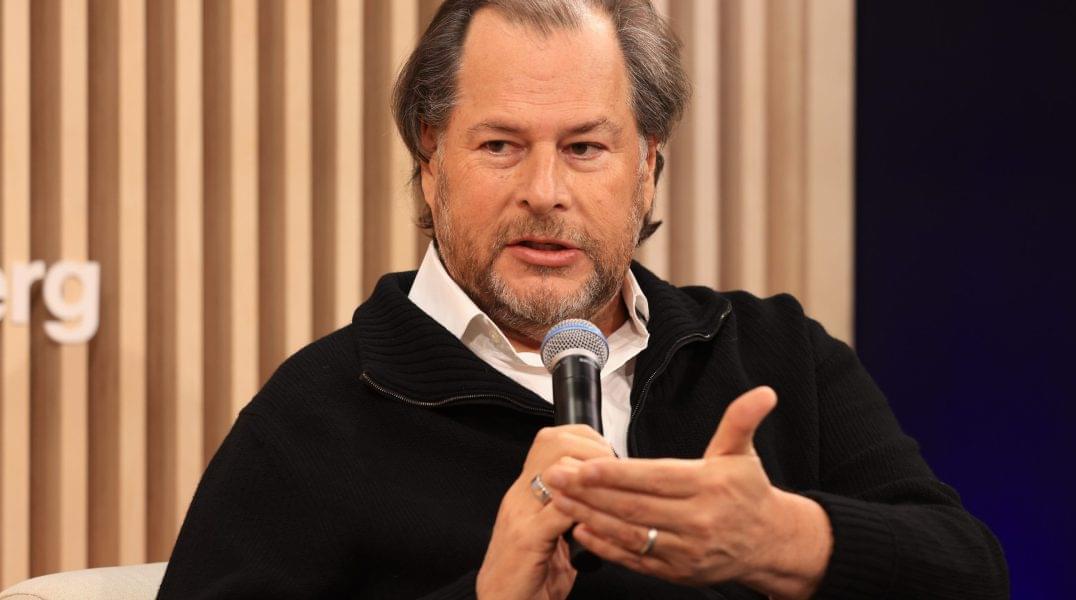Keep Your Digital Life Private and Be Safe Online: https://nordvpn.com/safetyfirst.
Welcome to our comprehensive guide on “Nano Robots.” In this enlightening video, we will take a look at what nano robots are, how they work, and the ways in which they are being used today. We will examine the potential of nano robots and how they could be used in the future. We will also discuss the advantages and disadvantages of using nano robots.
Nano robots are made up of very small robots that are only a few nanometers across and are powered by electricity, magnets, or light. These robots can be used for many different things, like fixing damaged cells, keeping an eye on and controlling the environment, and fighting off diseases and infections. Nano robots can also be used to do hard jobs like surgery, making things, and even going to space.
These robots are very accurate and good at what they do, which makes them perfect for use in medicine and industry. Nano robots can be programmed to do many different things, like keep an eye on and control the environment, find and fix damage, and even fight off diseases and infections. They can also be used for more complicated jobs, like surgery, making things, and going to space.
Nano robots have a lot of benefits, such as being small, accurate, and fast. They are also very flexible because they can be programmed to do many different things and used in many different ways. But there are some problems with using nano robots, such as the cost of making them and the chance that they will break down.
In the end, nano robots are an important part of the future of technology and robotics. They are very small and accurate, and they can be used for many different things. They have many pros and cons, but with the right programming and use, they can change the way people interact with the world around them.
#ai.







